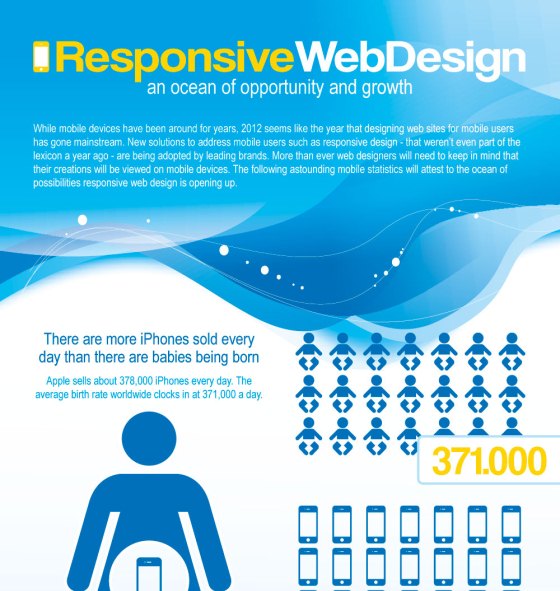Core Principles Of Site Style: Advice For Crafting A User-Friendly Online Existence
Core Principles Of Site Style: Advice For Crafting A User-Friendly Online Existence
Blog Article
you can try this out By-Hall Skinner
When it concerns internet site layout, making certain user-friendliness is key. From responsive layout to structured navigation, every aspect plays a crucial duty in creating a site that caters to your target market's needs. However what about the better information that can make or break an individual's surfing experience? Keep tuned as we reveal some often-overlooked ideas that can boost your internet site's use to the next degree, making it really stand out in the digital landscape.
Significance of Responsive Style
Receptive style is an important facet of modern-day website advancement. Guaranteeing your site is receptive ways that it can adjust to various display sizes and gadgets, offering a smooth experience for customers.
With the increasing use of smartphones and tablet computers to access the web, having a responsive style is important for getting to a larger audience. It helps in boosting customer experience by making your site simple to browse and continue reading any kind of tool.
Furthermore, responsive style can positively affect your search engine positions, as internet search engine like Google focus on mobile-friendly websites. By having a responsive style, you're additionally future-proofing your site, as brand-new gadgets with varying display sizes continue to arise.
Simplify Navigation Structure
To enhance customer experience and help with simple access to details on your website, simplifying the navigation structure is vital. When developing your website, focus on creating a clear and instinctive navigating food selection that aids visitors locate what they're trying to find quickly.
Limit the variety of menu products to the essentials, grouping relevant web pages with each other to avoid frustrating customers. Use detailed tags that plainly show the content of each page, making it less complicated for users to comprehend where each link will certainly take them.
Consider applying dropdown menus for subcategories to prevent jumbling the major navigation bar. Furthermore, consist of a search bar plainly on the page for customers who favor searching for details information.
Focus on mobile responsiveness in your navigating layout to ensure very easy accessibility on all gadgets.
Maximize Page Tons Rate
Improving web page tons speed is essential for keeping visitors on your site. Slow-loading web pages irritate customers and can bring about high bounce rates. To maximize page load rate, beginning by enhancing images. Compress pictures without jeopardizing high quality to reduce their file sizes.
In addition, enable web browser caching to save frequently accessed resources locally, accelerating lots times for returning visitors. Minify CSS, JavaScript, and HTML data by getting rid of unnecessary personalities, comments, and formatting, enhancing lots speed.
Take into consideration utilizing a material delivery network (CDN) to disperse your internet site's web content throughout several servers worldwide, decreasing latency for customers accessing your site from different locations. Last but not least, limit using third-party scripts and plugins, as they can significantly impact tons times.
Conclusion
Finally, by integrating receptive design, streamlining navigating, and enhancing web page load rate, you can produce an easy to use site that interest a larger audience and enhances individual experience. These essential elements make certain that visitors can conveniently accessibility and navigate your site across different tools, leading to increased engagement and contentment. By concentrating on these vital aspects, you can develop a successful web site that maintains users coming back for more.
